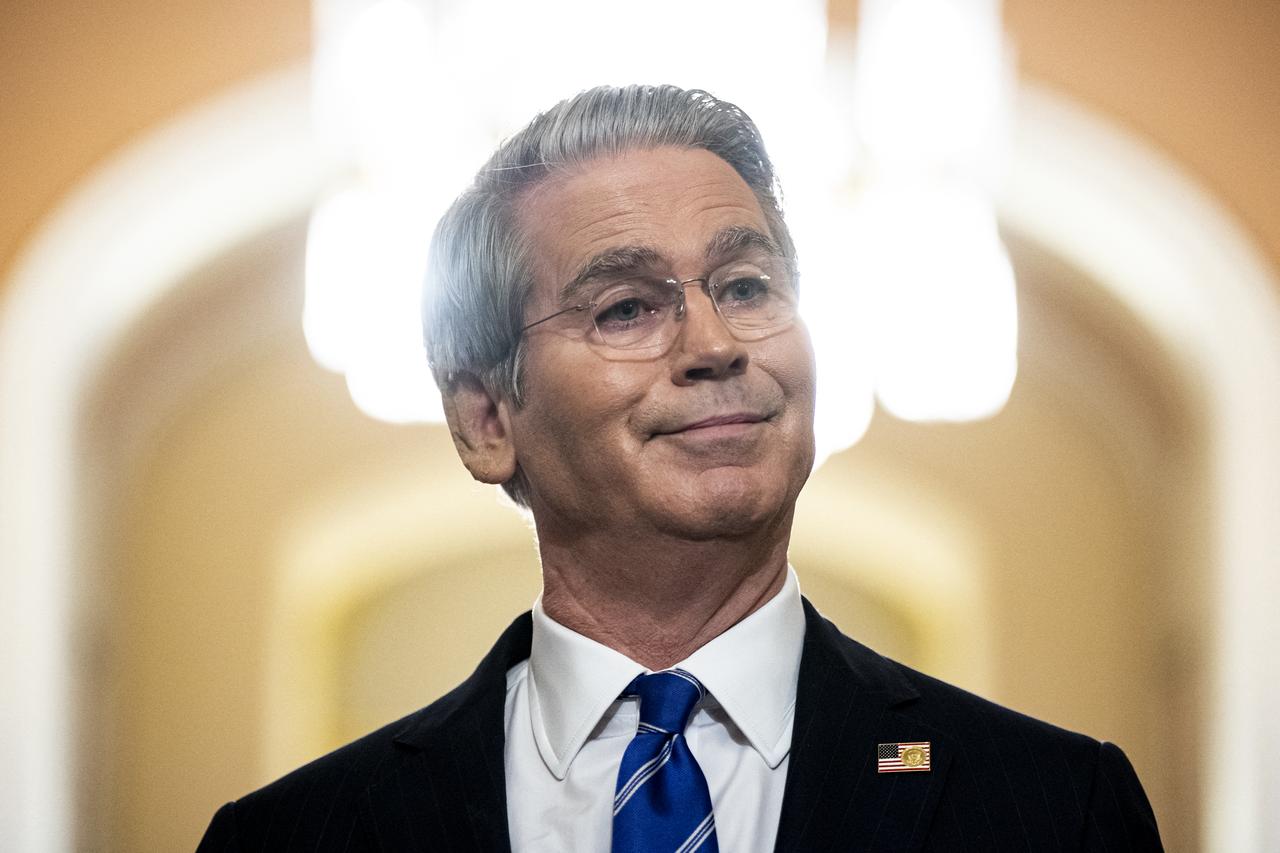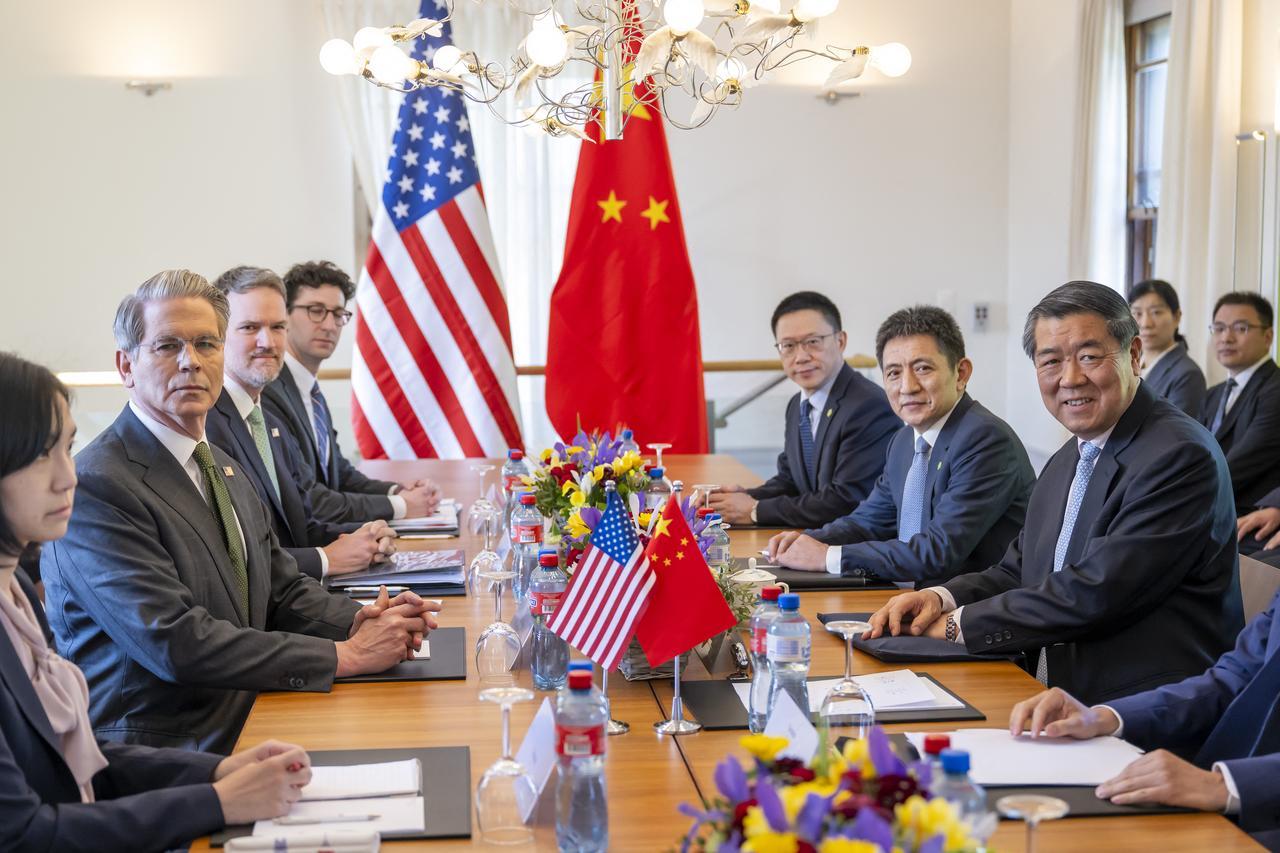
U.S. President Donald Trump told reporters on Thursday that he would send letters to countries specifying the tariffs they would face after July 9, signaling a renewed push to impose steep import duties just days before a temporary tariff pause is set to expire.
“My inclination is to send a letter out and say what tariff they’re going to be paying,” Trump said, adding that these letters would begin going out “probably tomorrow,” indicating his administration’s readiness to inform trading partners of customized tariffs and act unilaterally where negotiations have faltered.
The remarks came as global markets remained on edge, with the White House's goal of striking 90 trade deals in 90 days increasingly unlikely to materialize. Initially announced in early April, the U.S. plan introduced a baseline 10% tariff on nearly all trading partners, along with much higher rates for selected countries. However, on April 9, Trump implemented a 90-day pause—excluding China—to allow time for talks, which is now set to end on July 9.
Despite the administration’s initial ambition, only two trade agreements have been formalized so far—one with the United Kingdom and another with Vietnam. As the deadline nears, U.S. officials are narrowing their focus to 18 major economies, including the European Union, Japan, and India. Meanwhile, smaller economies that have not reached a deal face the threat of unilateral tariff hikes.
U.S. Treasury Secretary Scott Bessent criticized some countries for being “recalcitrant” in talks, warning that tariffs could revert to April levels unless progress is made. Still, he noted that the pause could be extended for nations negotiating in good faith.

The U.K. is the only country to have signed a complete agreement with Washington. The deal, described by Trump as “historic,” imposes a 10% tariff on British goods entering the U.S., including around 100,000 vehicles. It also removes duties on U.K.-made engines and aircraft components, although some parts of the agreement remain under review by British officials.
In a separate arrangement, the U.S. and China agreed on a memorandum of understanding establishing a temporary framework for further talks. As part of this deal, the U.S. reduced tariffs on Chinese goods from 145% to 30% for 90 days, while Beijing cut its tariffs on U.S. imports from 125% to 10%. The agreement includes provisions for China to expedite licenses for certain strategic exports such as rare earth elements, in exchange for limited sanctions relief from the U.S.
However, critics argue these agreements remain provisional, and broader issues—such as digital taxes, drug trafficking cooperation, and bilateral trade imbalances—continue to hinder new deals.

The European Union is seeking exemptions from elevated tariffs that Trump imposed on key sectors: 50% on steel and 25% on automobiles, in addition to the baseline 10%. Without a breakthrough, Trump has threatened to raise tariffs on EU vehicles to 50% starting July 9. In response, the EU has intensified its trade discussions with China and is preparing countermeasures, citing U.S. unwillingness to compromise on non-tariff barriers like the Digital Markets Act and the Carbon Border Adjustment Mechanism.
Japan was one of the first countries to initiate talks after the tariff announcement, but negotiations have stalled over Tokyo’s protection of its domestic rice sector. Trump has floated increasing tariffs on Japanese goods from 30% to 35%—well above the reciprocal 24% rate—unless Japan agrees to expand its imports of U.S. rice. Discussions with India remain ongoing, although no definitive progress has been reported.

Trump’s reliance on tariffs as a negotiating tactic has drawn historical parallels to the Smoot–Hawley Tariff Act of 1930, which raised import duties on over 20,000 goods in an effort to shield American industries during the Great Depression. That policy backfired, contributing to a 30% drop in U.S. exports and sparking a wave of global retaliation and currency devaluation.
While today’s disputes are shaped by different conditions, the lesson remains. Since the 2008 financial crisis, protectionism has increasingly taken the form of non-tariff barriers such as regulations, subsidies, and certification hurdles. Yet Trump’s strategy—anchored in aggressive reciprocal tariffs—marks a sharp escalation.
With time running out and few deals secured, the administration’s next steps will determine whether the global trade environment enters a new phase of confrontation or retreats toward compromise.